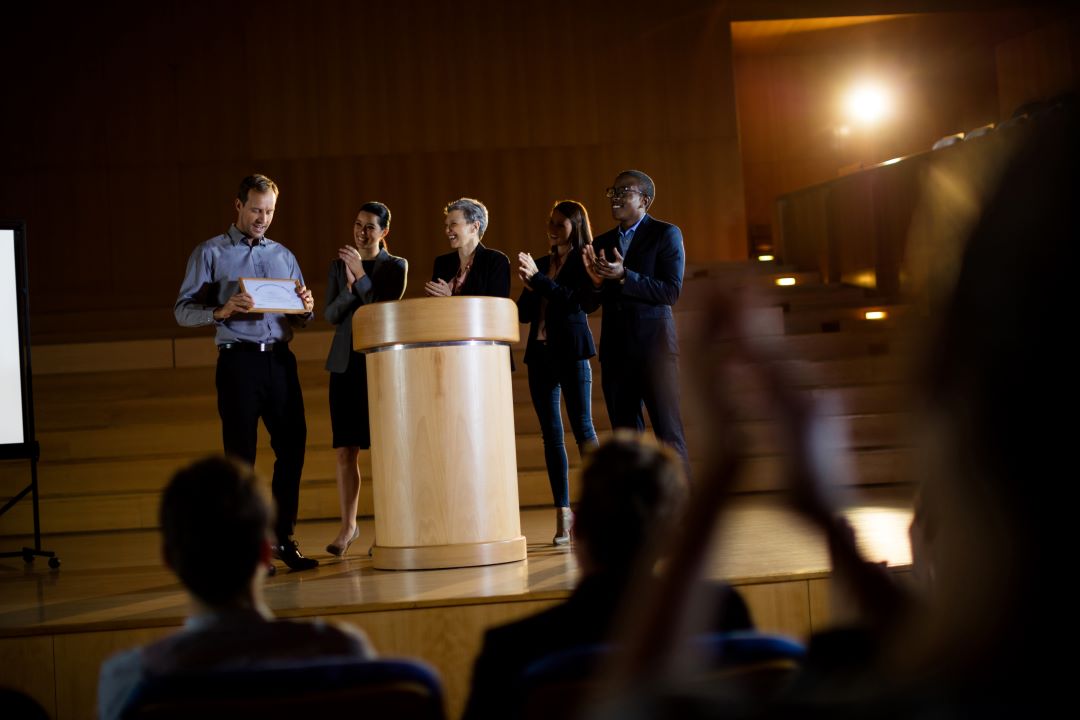Difference between Rewards and Recognition: R&R Explained
In today’s competitive business landscape, it is more important than ever to create a workplace culture that is both rewarding and recognising employee achievements. This is where the concepts of rewards and recognition (R&R) come into play. While often used interchangeably, there is a distinct difference between rewards and recognition. Understanding this distinction is crucial for developing an effective R&R program that truly motivates and engages your workforce.
What is an employee reward?
Employee rewards are tangible prizes or incentives given to employees for their accomplishments or contributions. They are often associated with specific performance goals or milestones. Examples of employee rewards include gift cards, bonuses, company-sponsored trips, and promotions.
What is employee recognition?
Recognition, on the other hand, is more about acknowledging the person behind the accomplishment. It’s a heartfelt “thank you” for the dedication, hard work, or unique contributions an employee brings to the table. Recognition is often intangible, manifesting in the form of praise, awards, or public acknowledgment, emphasizing the value an individual adds to the team.
What’s the Difference Between Rewards and Recognition?
To put it simply, rewards are about celebrating the result, while recognition is about appreciating the effort. Rewards are tangible incentives, like a cash bonus, while recognition is the act of acknowledging someone’s contribution verbally or symbolically. Rewards are transactional, while recognition is relational—it strengthens the bond between the employee and the organization.
| Aspect | Rewards | Recognition |
| Nature | Tangible, often monetary or material benefits | Intangible, verbal praise or symbolic gestures |
| Focus | Outcome-oriented, celebrating achievements | Effort-oriented, appreciating dedication and work |
| Timing | Given at specific milestones or achievements | Continuous, not necessarily tied to specific events |
| Formality | More formal, often structured programs | Can be informal, spontaneous, or part of rituals |
| Impact | Immediate, providing instant gratification | Long-lasting, contributing to job satisfaction |
Why are Rewards and Recognition Important?
Effective R&R programs play a vital role in fostering a positive and productive work environment. They offer a range of benefits for both employees and employers:
For Employees
- Increased motivation and engagement
- Enhanced sense of value and appreciation
- Improved job satisfaction and loyalty
- Stronger connection to company goals and objectives
For Employers
- Increased productivity and performance
- Reduced absenteeism and turnover
- Enhanced employer branding and reputation
- Improved employee morale and engagement
- Stronger retention of top talent
10 Tips for Creating an Employee Recognition Program
- Define your goals: Clearly articulate the objectives you aim to achieve with your R&R program.
- Involve your employees: Seek input from employees to understand their preferences and motivations.
- Choose meaningful rewards: Select rewards that align with employee values and interests.
- Personalize recognition: Tailor recognition to individual accomplishments and contributions.
- Make recognition timely: Recognize achievements promptly to reinforce positive behavior.
- Promote your program: Communicate the R&R program effectively to ensure employee awareness.
- Incorporate peer-to-peer recognition: Encourage employees to recognize each other’s contributions.
- Balance rewards and recognition: Employ a balanced approach that incorporates both tangible and intangible incentives.
- Continuously evaluate: Regularly assess the effectiveness of your R&R program and make adjustments as needed.
- Celebrate successes: Recognize the overall impact of your R&R program on employee morale and engagement.
Rewards and Recognition form the pillars of a motivated and engaged workforce. While rewards celebrate achievements, recognition appreciates the journey. Balancing these elements creates a harmonious work environment where employees feel valued and inspired to give their best.
Your Next Career Breakthrough: DEIjobs Welcomes You!
Embark on a career-enhancing journey with DEIjobs, connecting talented individuals like you with inclusive employers. Discover opportunities with companies actively embracing diversity, whether you have a disability, are a woman, LGBTQ+, a war veteran, or on a career break. Join DEIjobs today and let your career soar!





